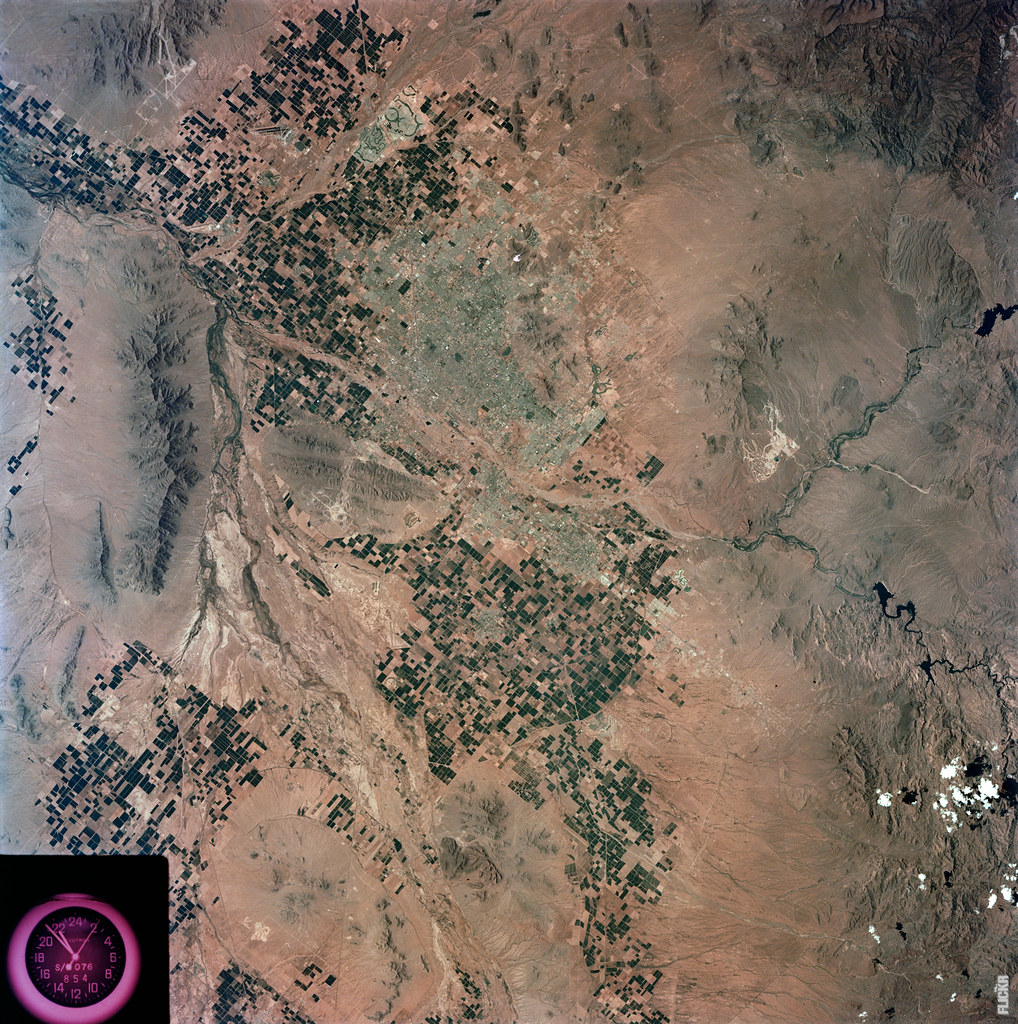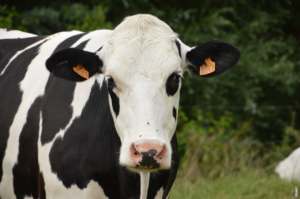The Secret Life Beneath Our Feet
Have you ever stopped and wondered about the ground beneath your feet? While it may seem like a mundane aspect of our environment, soil is a dynamic and intricate ecosystem, supporting a vast array of life forms and playing a crucial role in our planet’s health.
From Sandy Shores to Clayey Meadows: A World of Soil Types
As diverse as our planet itself, there are several main types of soil found around the world. Each type has its unique characteristics, composition, and uses.
1. Sandy Soil
Sandy soil is characterized by its large particles and gritty texture. It allows for excellent drainage, making it ideal for plants that prefer drier conditions. However, its low nutrient content can pose challenges for agriculture.
2. Clay Soil
On the opposite end of the spectrum, clay soil is composed of very fine particles, which give it a sticky and dense texture. It retains water well but can become easily compacted. Despite its challenges, clay soil is rich in nutrients and is highly fertile.
3. Loamy Soil
Considered the optimal soil type for gardening and agriculture, loamy soil is a balanced mixture of sand, clay, and silt. It retains moisture while allowing for proper drainage and is rich in nutrients. Many of our favorite fruits and vegetables thrive in loamy soil.
Post
Post
4. Sandy Loam Soil
A combination of sandy and loamy soil, sandy loam strikes a balance between drainage and water retention. It is easy to work with and is suitable for a wide range of plants, making it a popular choice among gardeners.
5. Peat Soil
Formed by the accumulation of partially decayed organic matter in wetland areas, peat soil is unique in its high water-holding capacity. It is often used as a soil amendment to improve moisture retention in gardens.
6. Chalky Soil
Derived from limestone or chalk rock, chalky soil is alkaline and drains well. While it can be challenging to cultivate due to its high pH, some plants, such as lavender and clematis, thrive in this type of soil.
7. Sandy Clay Soil
A blend of sandy and clay soil, sandy clay strikes a balance between drainage and nutrient retention. It is often found in riverbeds and floodplains.
8. Silty Soil
Silty soil is composed of fine particles that are smooth to the touch. It retains water well but can become compacted. With proper management, silty soil can be highly fertile and suitable for various crops.
Exploring the Depths of Soil Science
These are just a few examples of the main types of soil found across the globe. Within each type, there are further subdivisions and variations, adding to the complexity and diversity of soil science. By understanding the different soil types, we can better appreciate the vital role they play in sustaining life on Earth.



